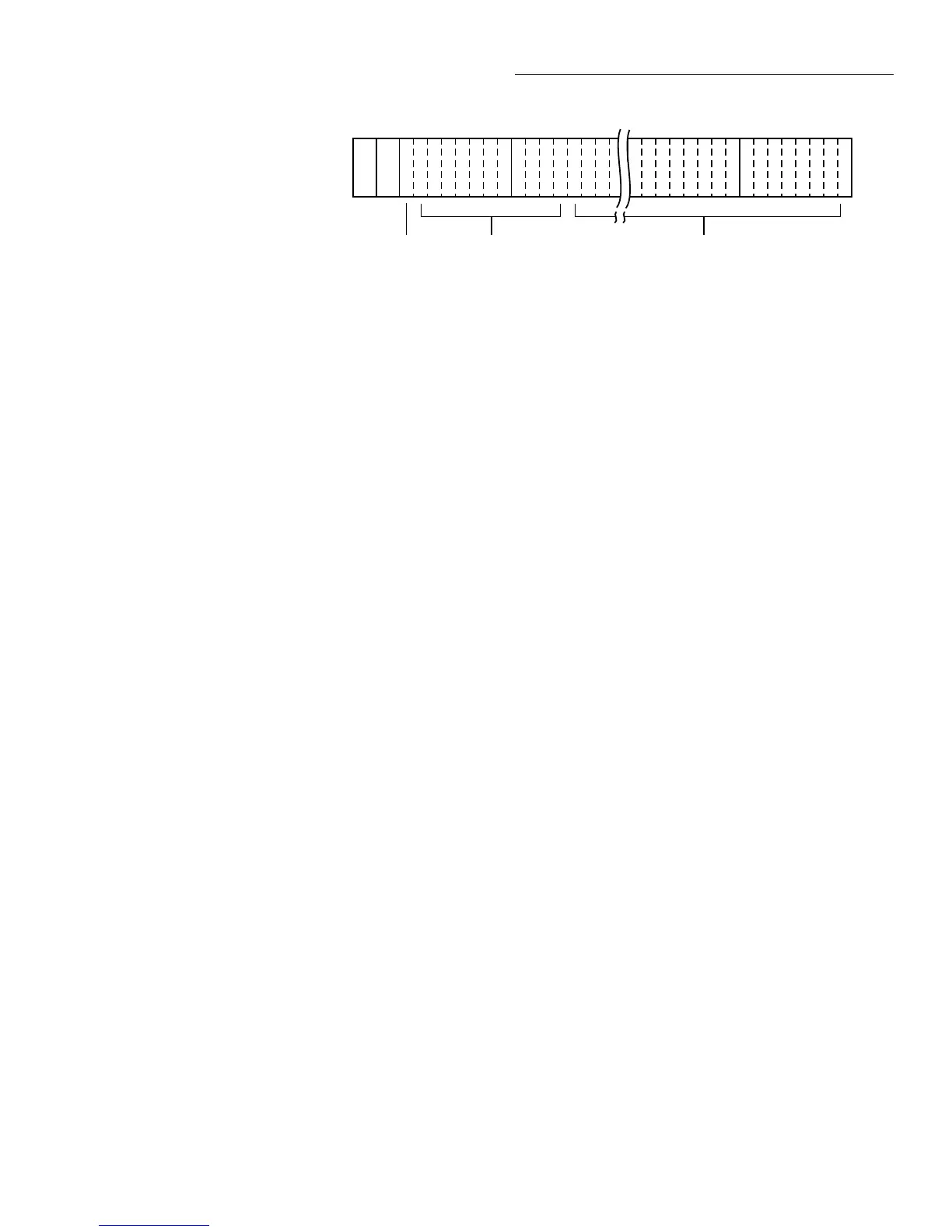IEEE-488 Reference
3-81
PRINT #1, "output 16; :form sre; form?" ' Select SREal format and query
PRINT #1, "enter 16" ' Get response message from 2002
:ELEMents <item list>
:FORMat:ELEMents <item list> Specify data elements for data string
<item list>: READing Includes reading in data string
CHANnel Includes channel number
RNUMber Includes reading number
UNITs Includes units
TIMEstamp Includes time stamp
STATus Includes status of reading
NOTE: Each item in the list must be separated by a comma (,).
:ELEMents? Query elements in data string
This command is used to specify the elements to be included in the data string for each mea-
surement conversion. You can specify from one to all six elements. Each element in the list must
be separated by a comma (,). These elements, shown in Figure 3-18, are explained as follows:
READing: Instrument reading. The resolution of this reading tracks the display resolution of the
instrument. An overflow reading reads as +9.9E37.
CHANnel: Corresponds the instrument reading to the channel number of a switching card. If
not scanning, the channel number is 00.
Figure 3-20
IEEE754 double precision data format (64 data bits)
Byte 1
70
Header Byte 2
70
Byte 7
70
Byte 8
70
se f
s = sign bit (0 = positive, 1 = negative)
e = exponent bits (11)
f = fraction bits (52)
Normal byte order shown. For swapped byte order,
bytes sent in reverse order: Header, Byte 8,
Byte 7 .... Byte 1.
The Header is only sent once for each measurement conversion.
Bytes 3, 4, 5, and 6 not shown.
# 0
Program fragment
Parameters
Query
Description
